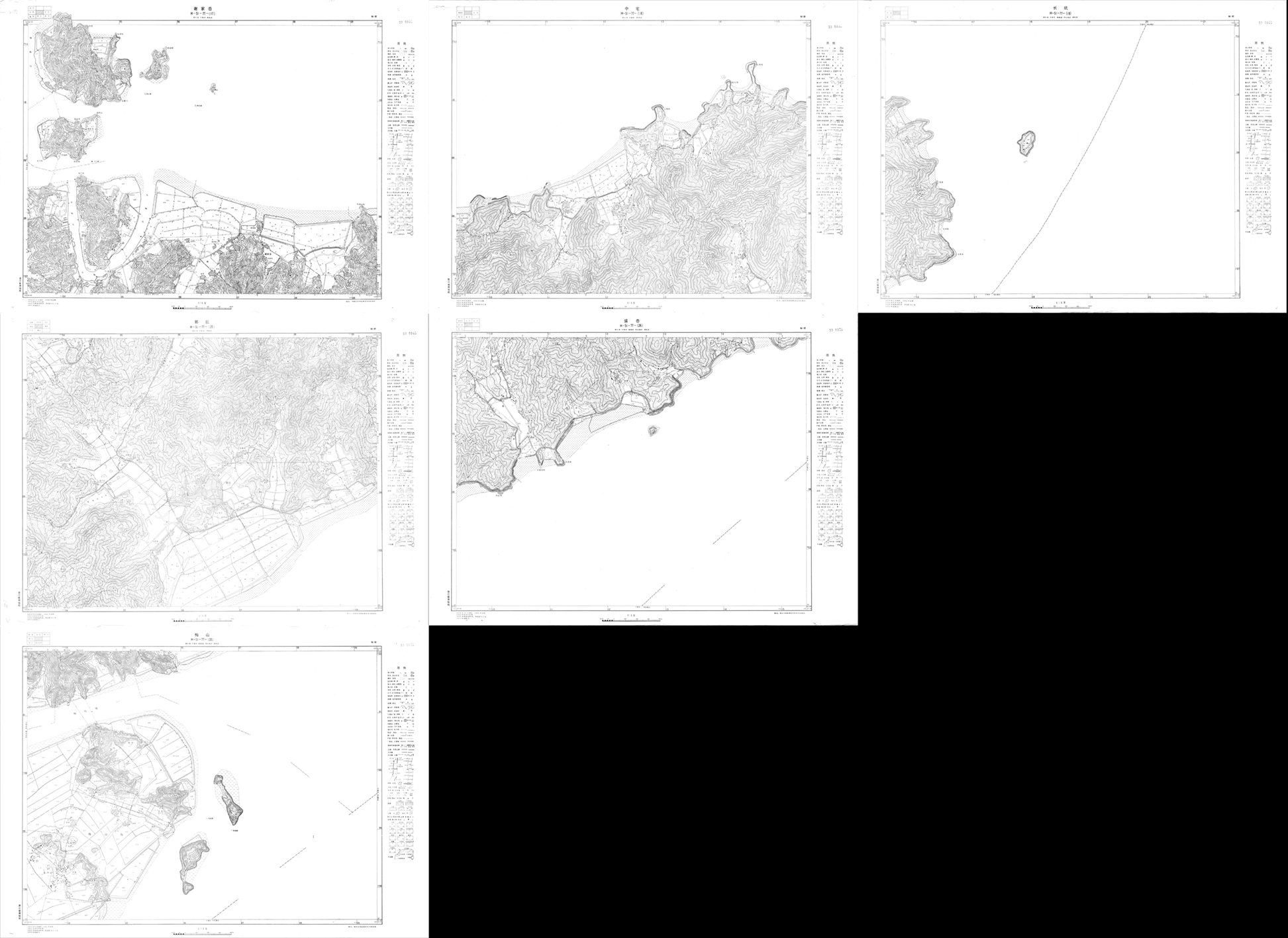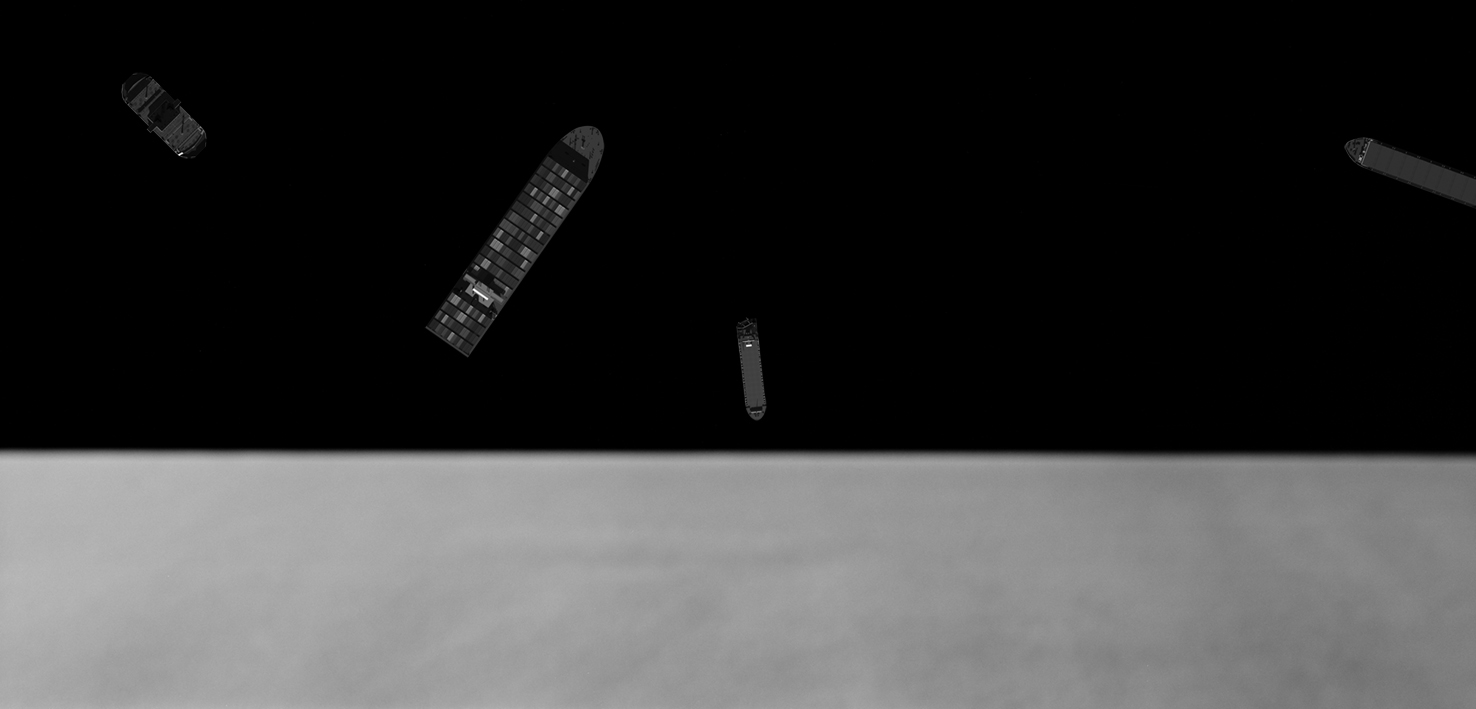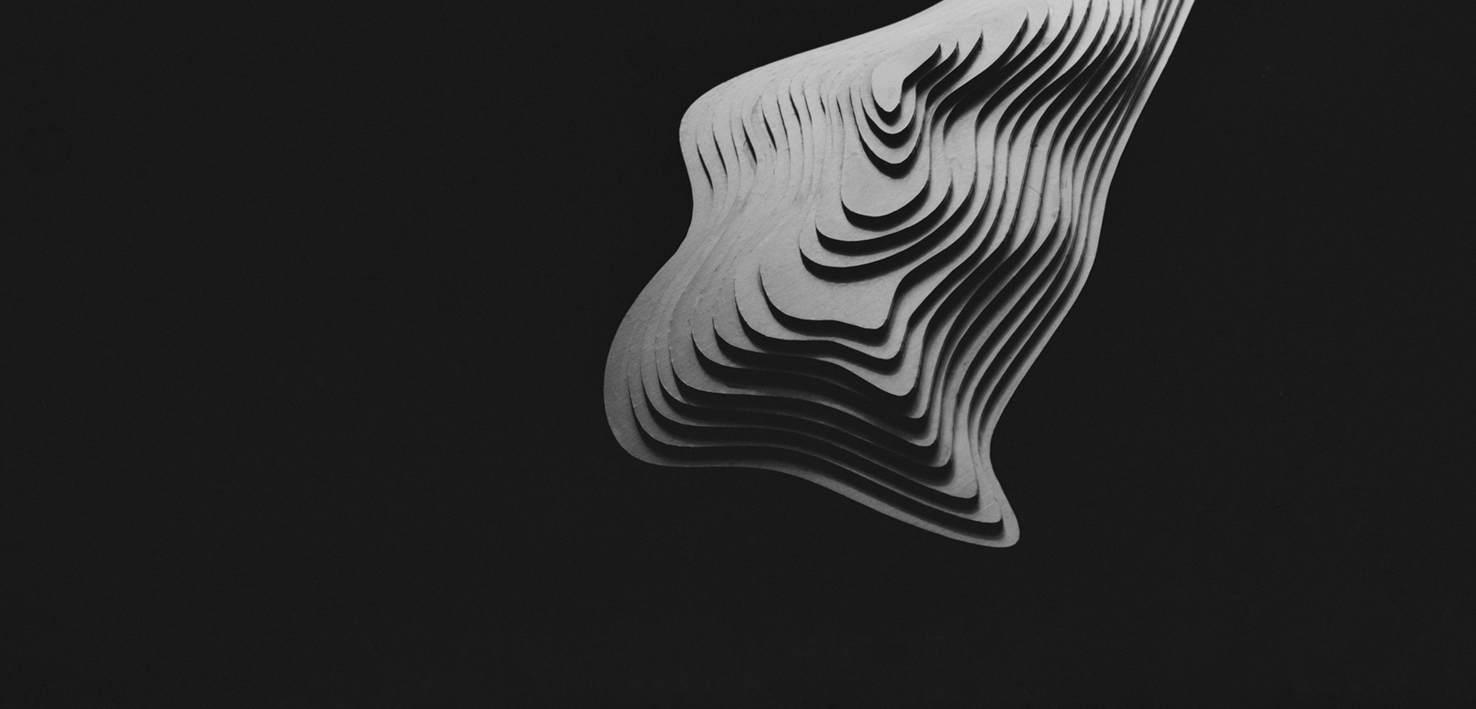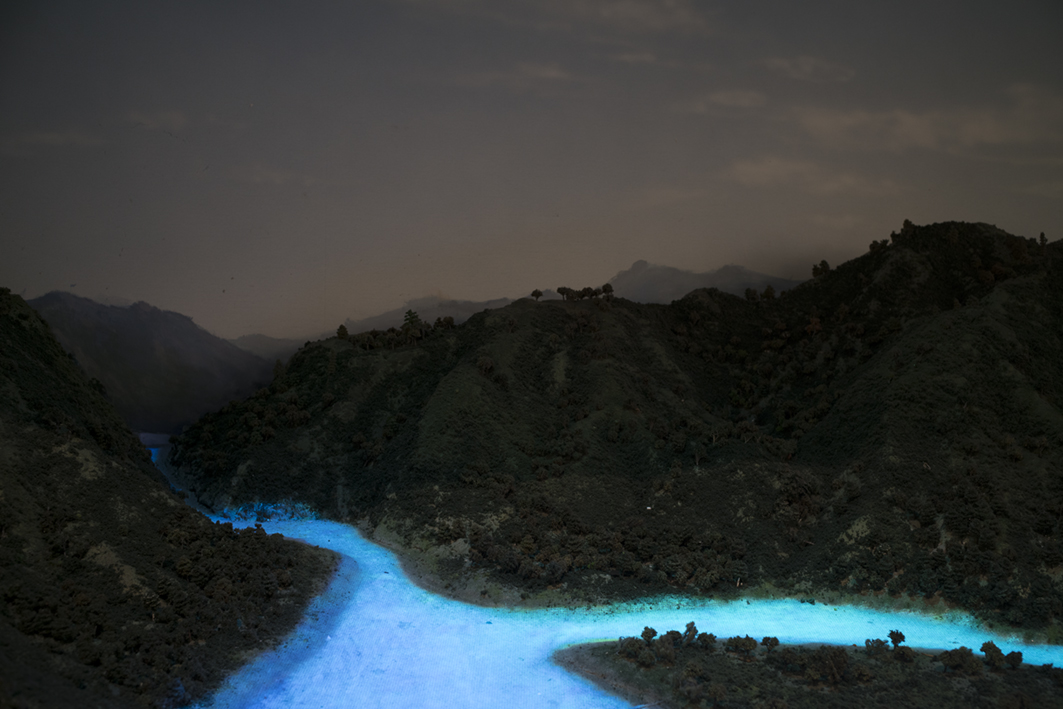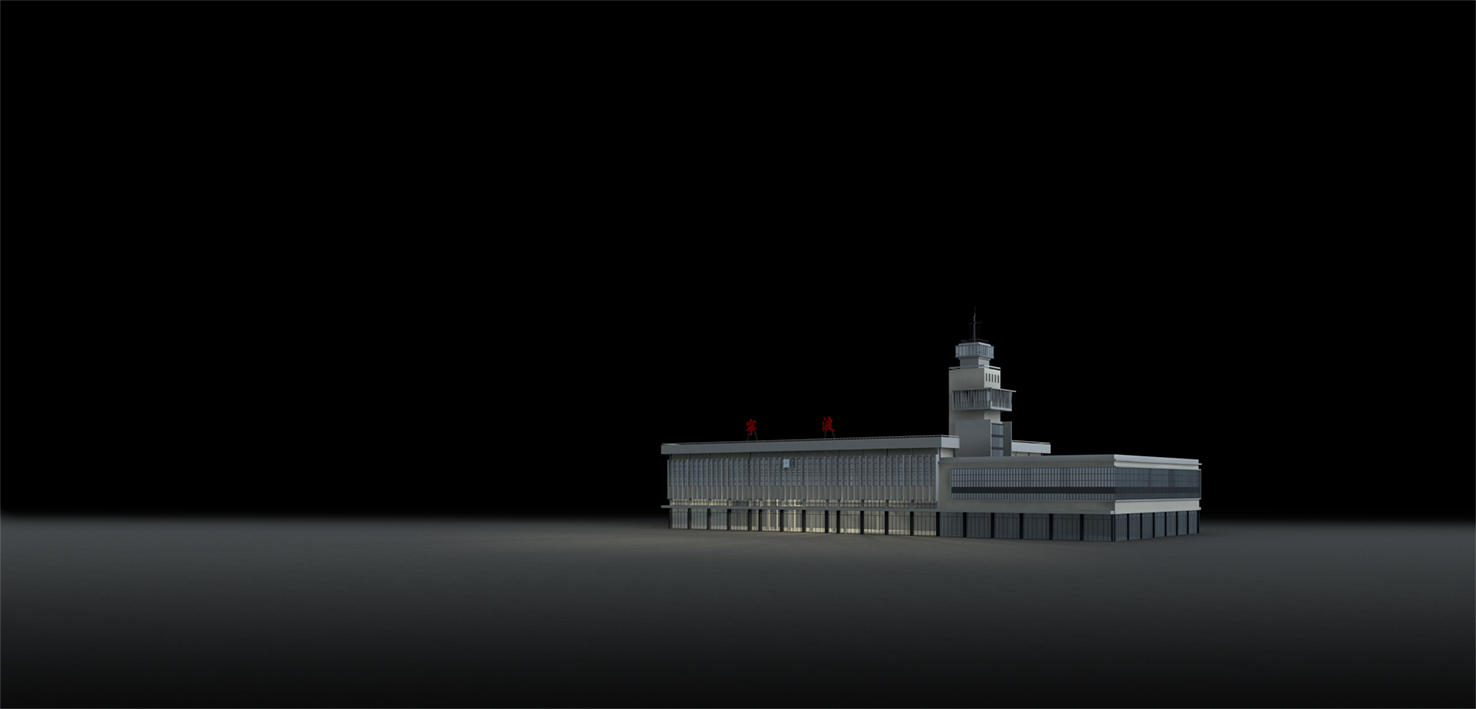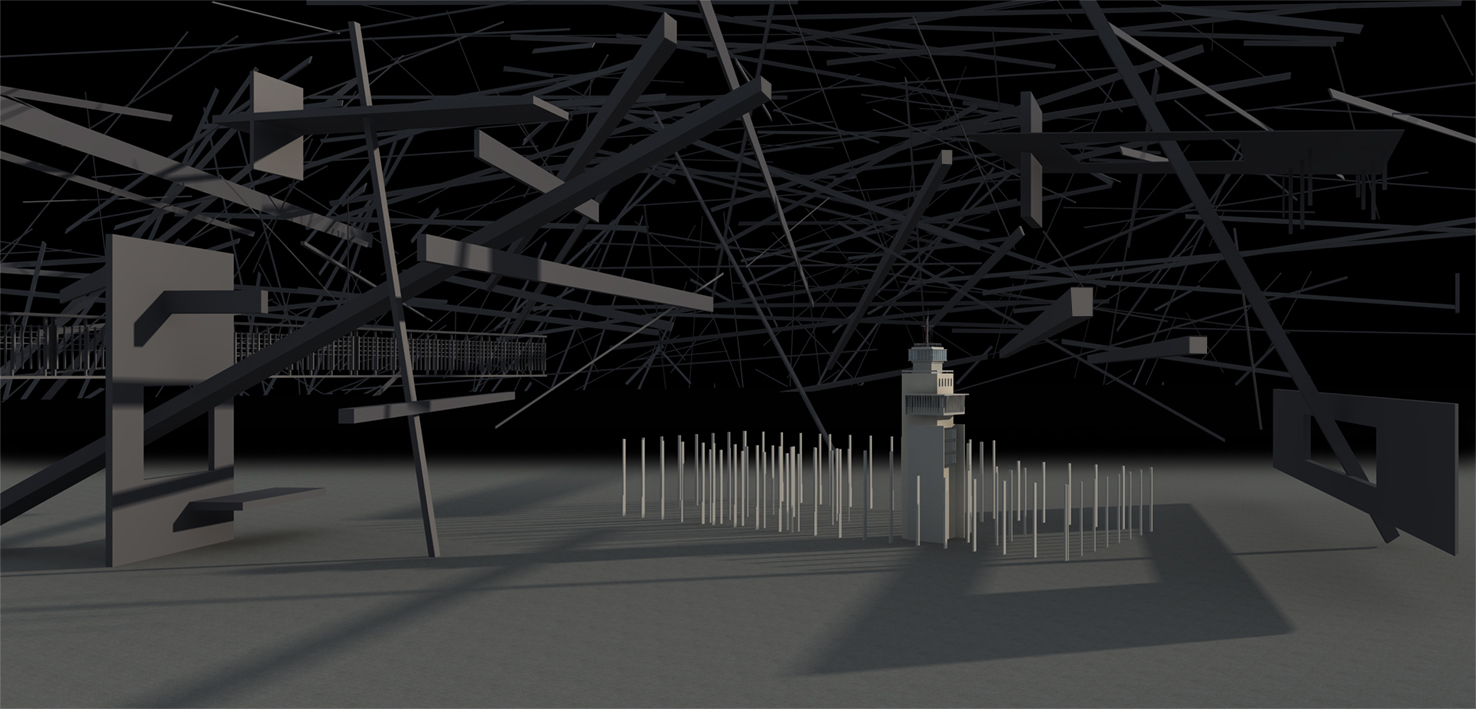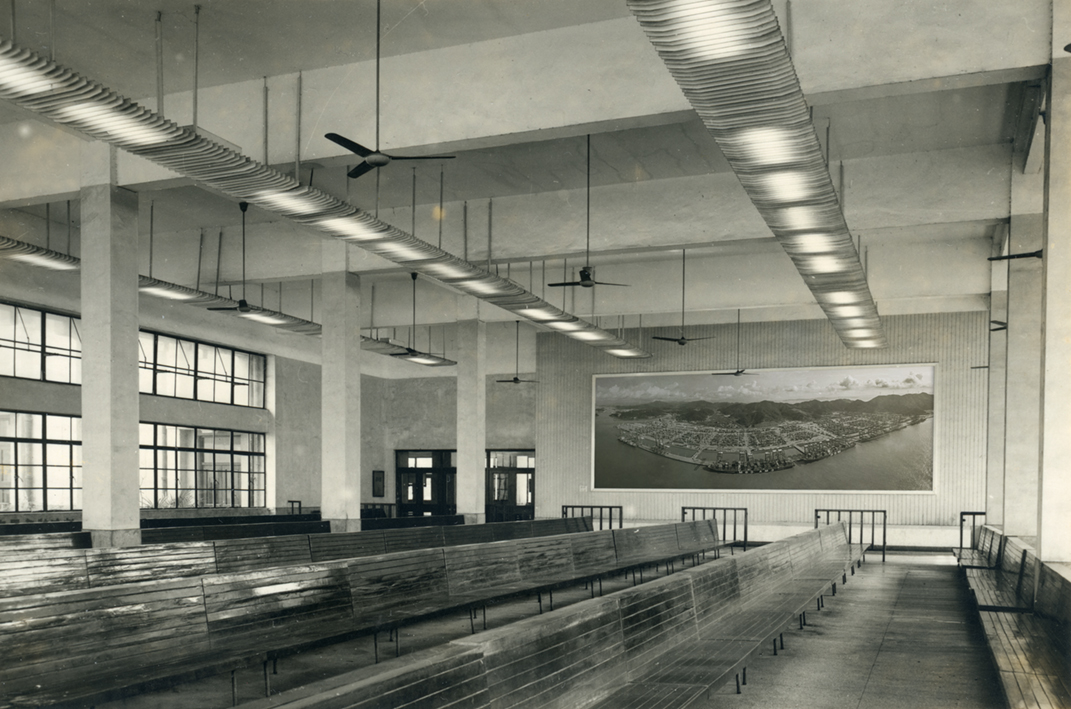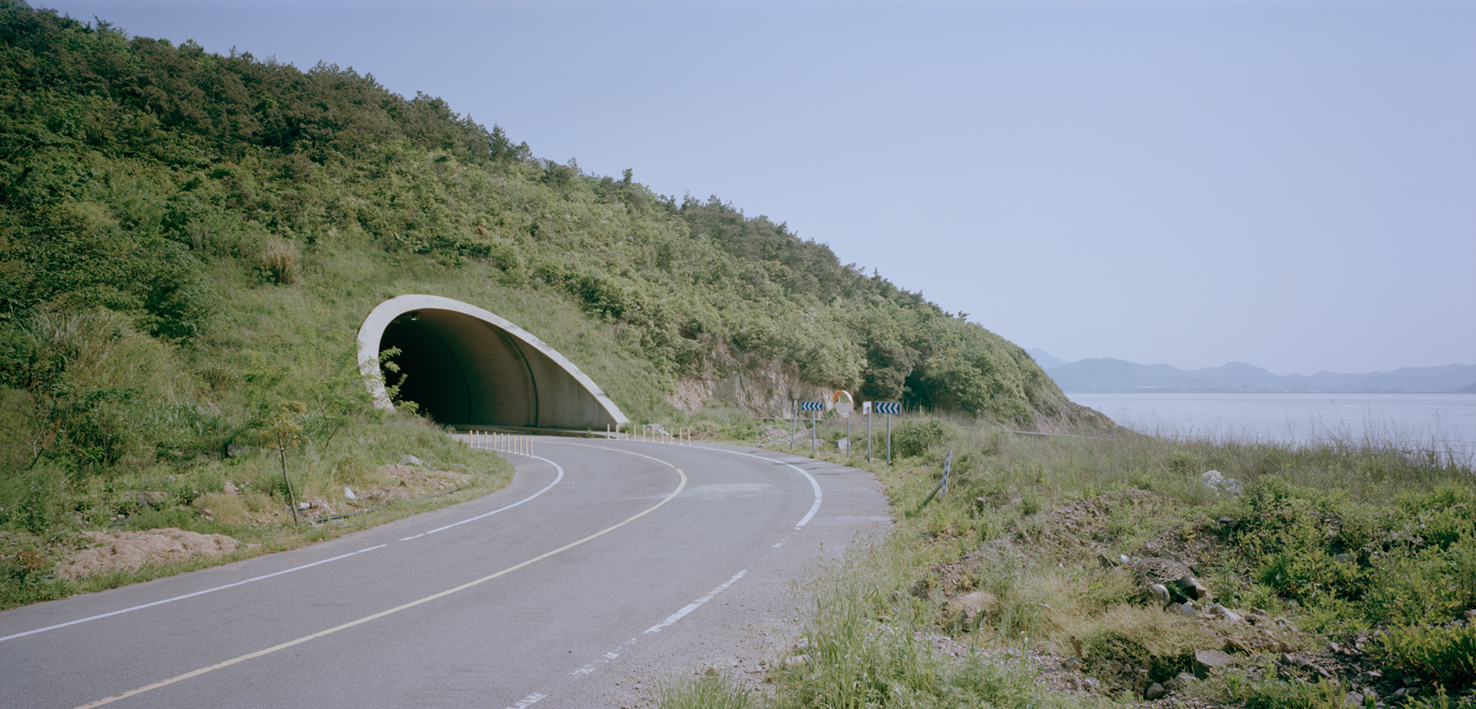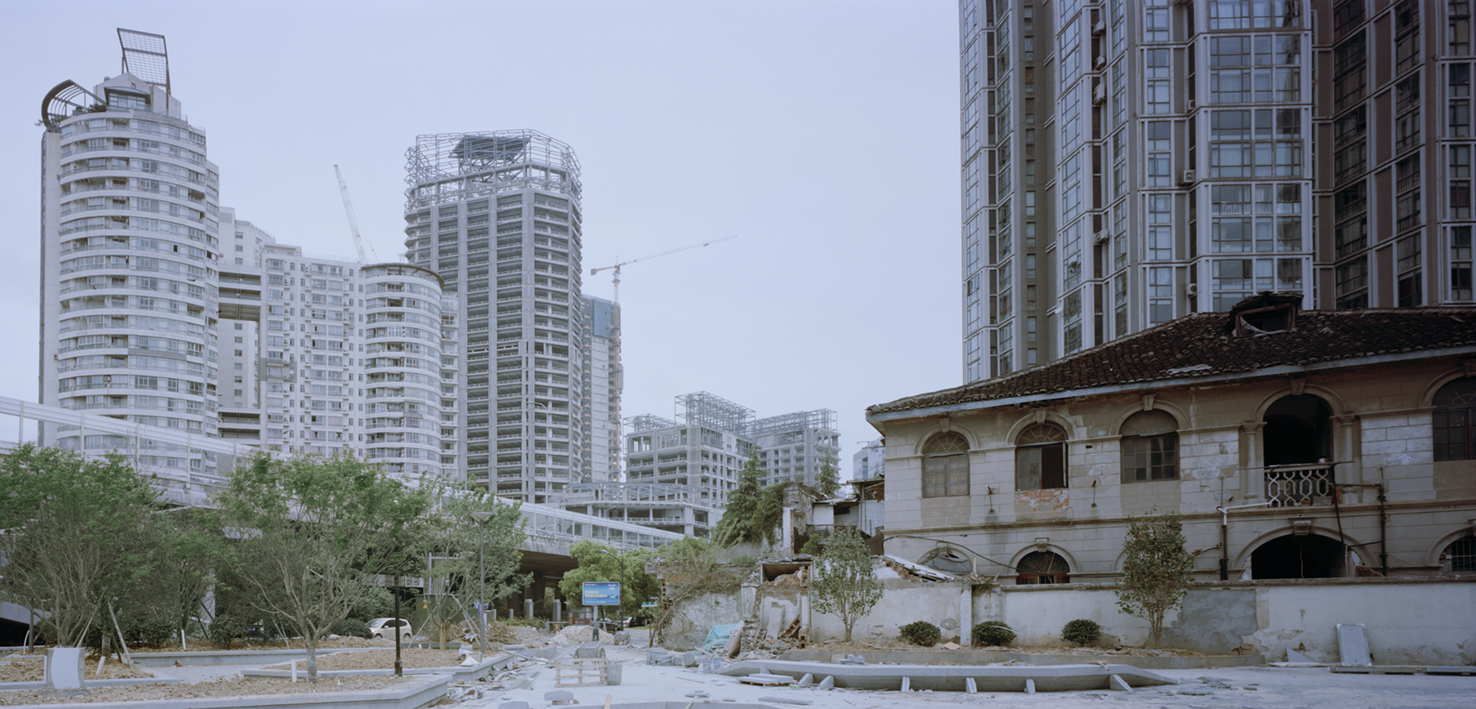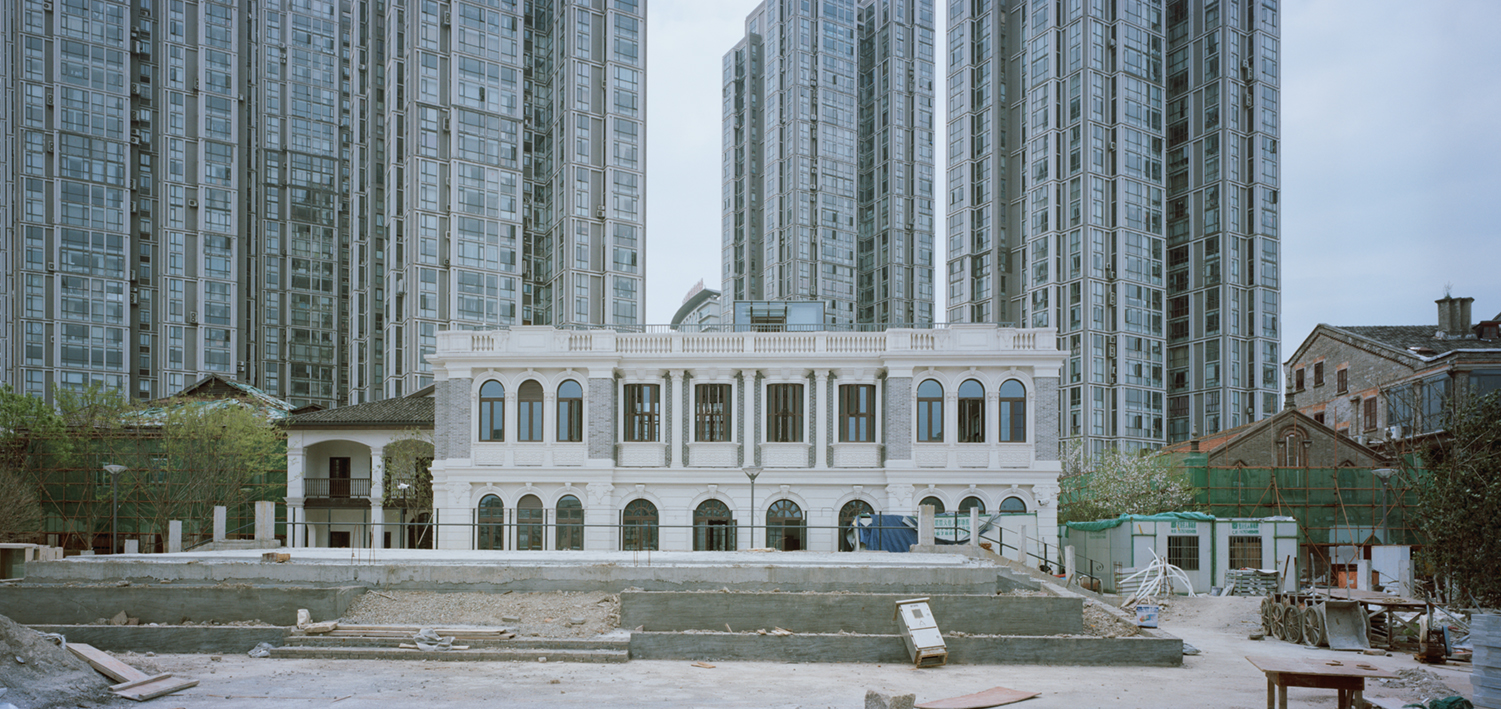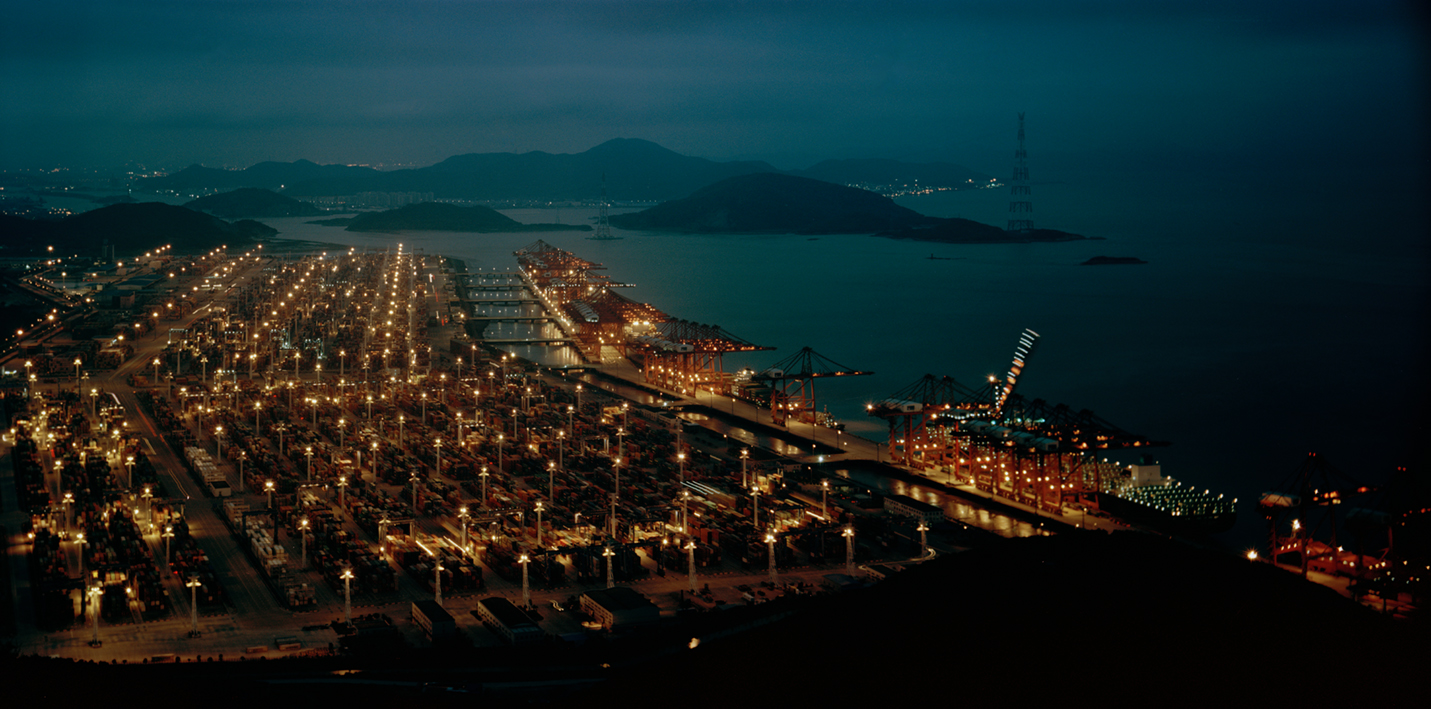‘The Port and the Image’ – The Port of Ningbo: Fiction and Reality
Zheng Chuan is an architect and photographer. He currently works at the Ningbo Architecture Design Institute. In The History of the Port of Ningbo there is one passage that left a particularly deep impression on him:
“Starting in Hemudu in the Neolithic era [an archaeological site near Ningbo in Zhejiang, dating back to c. 5000 BC] to the modern port of Beilun, Ningbo has more than 7000 years of history… over the course of this history, Ningbo has gone through 5 large-scale transformations, each of which has defined a new era for the city……”
Zheng Chuan’s work ‘The Port of Ningbo: Fiction and Reality’ consists of three parts: the imagined, the reappearing, and the coast. At the centre of Zheng Chuan’s work is a multi-dimensional collage of the Port of Ningbo. It consists of digital simulations of the sea, 3D modeling of the old passenger terminal that brings the building back to life, and on-site photographs of artificial traces by the sea.
To create an image of the sea, Zheng Chuan did not want to rely solely on the lens of his camera. Instead, he wanted to use a technique that combined fiction and reality. Using technology, he sought to create something that is consciously different from a real image of the sea: the horizon would be a piece of cloth, the islands are digitally duplicated, and the ocean spray is pulled together with little pieces of flannel. Not even the water is real, it’s just a digital rendering. And when the piece is on display, the museum itself will serve as a stage, it too becoming a character in the scene.
The artist’s 3D modeling of the old passenger terminal brings the audience back to the time when overnight cruise ships still travelled between Ningbo and Shanghai. Passenger traffic hit its peak in the 1990s, when more than 10 ferries would set off in both directions each day. At its height, more than 930,000 passengers travelled on these ferries in a single year. However, as train travel got faster and expressways were built, the ferries–which were slower and at the mercy of the weather–began to get fewer and fewer passengers. On June 24th, 2001, ferry services were terminated, and in 2006 the site was turned into an art museum.
For this work, Zheng Chuan sought to recreate the original ferry dock. Through drawings of the original design and 3D models, he digitally recreated what life was like by the port when it was still in use. Through old photographs of the interior and drawing inspiration from a large mural depicting the dock’s future in the waiting room, he re-created a surreal new scene that exists in its own space and time.
The last part of the project is a collection of photographs that reflect the current landscape of Ningbo.
The Ningbo-Zhoushan port is already the world’s biggest in terms of cargo tonnage, and the fourth biggest in terms of container traffic. The coastline is filled with deep water berths and has been taken over by the shipping industry. But when you pull away from the noise and bustle of the port area, the coastline settles into a tranquil silence, where people and nature live and coexist together. At the same time, small, silent traces of history peep out through the cracks of the current generation’s surroundings. In creating these pieces, Zheng Chuan has focused on showing how these man-made traces of history conflict with the nature around them, and how they contradict the idea of coexistence; they want to speak out, but yet they hold back.
Perhaps we don’t need to examine each and every frame of the history of the Port of Ningbo. As the central landmark of the Port, the old passenger terminal served as the most reliable witness to its rise and decline during the 25 years it remained standing. When the building returns to life in the form of Zheng Chuan’s computer-generated image, the history and politics behind it can no longer be ignored.
-
2019/03/28

-
Ningbo

-
He Yining


the other map
Explore arrow
arrow
loading map - please wait...

